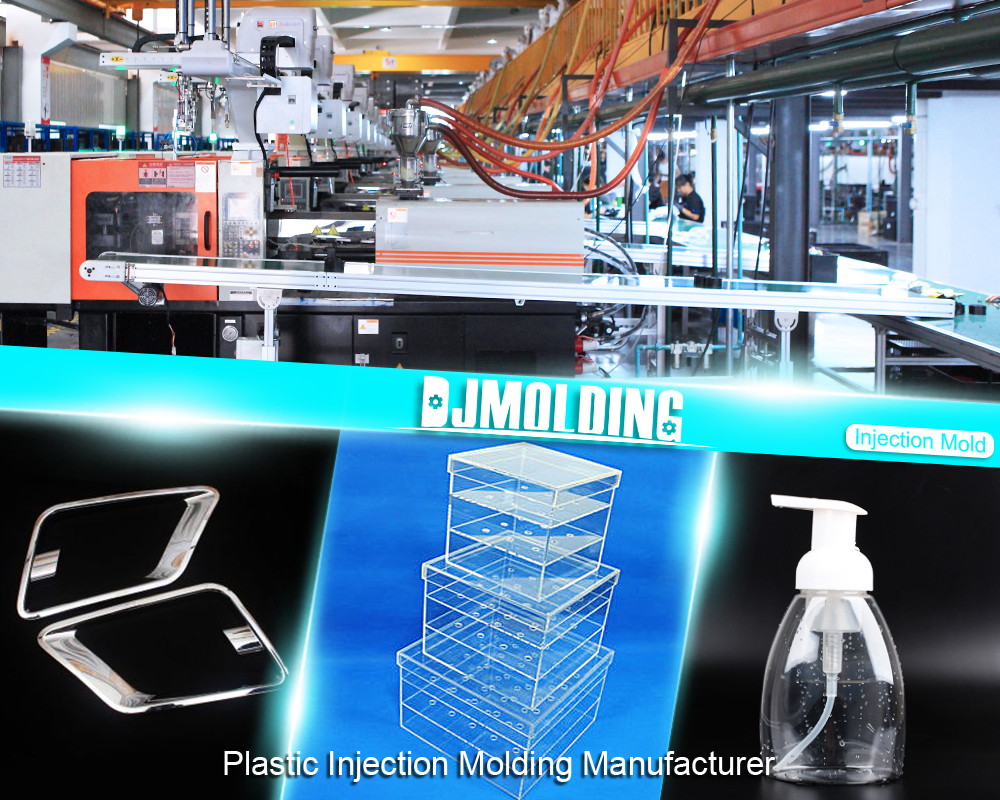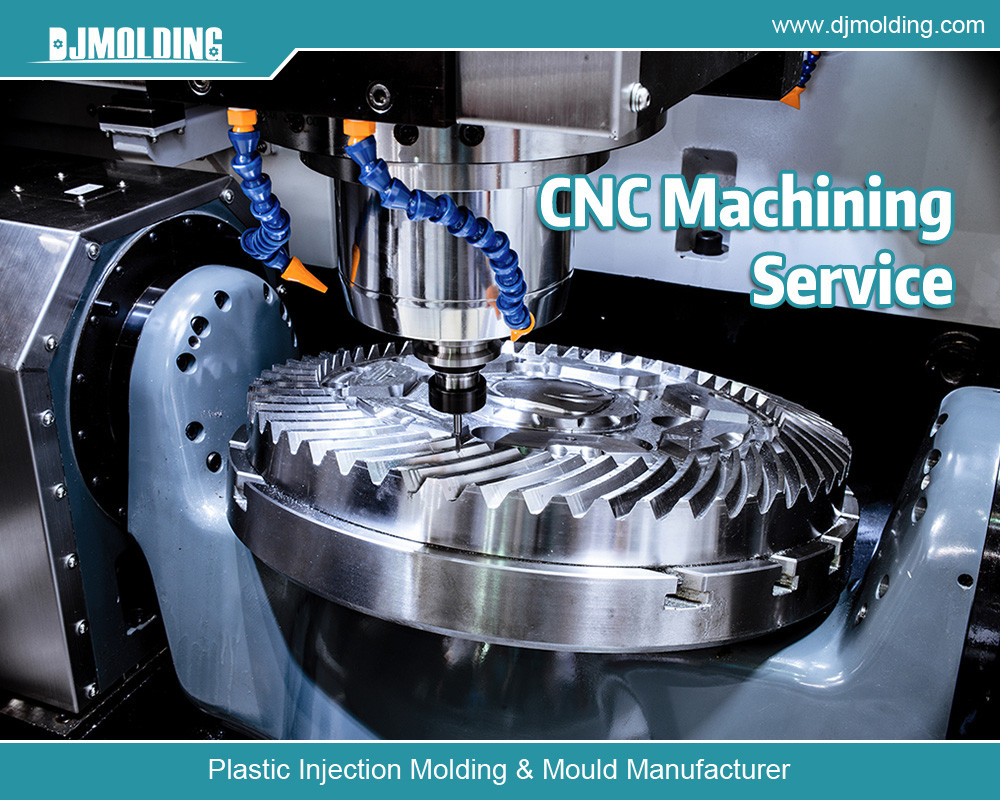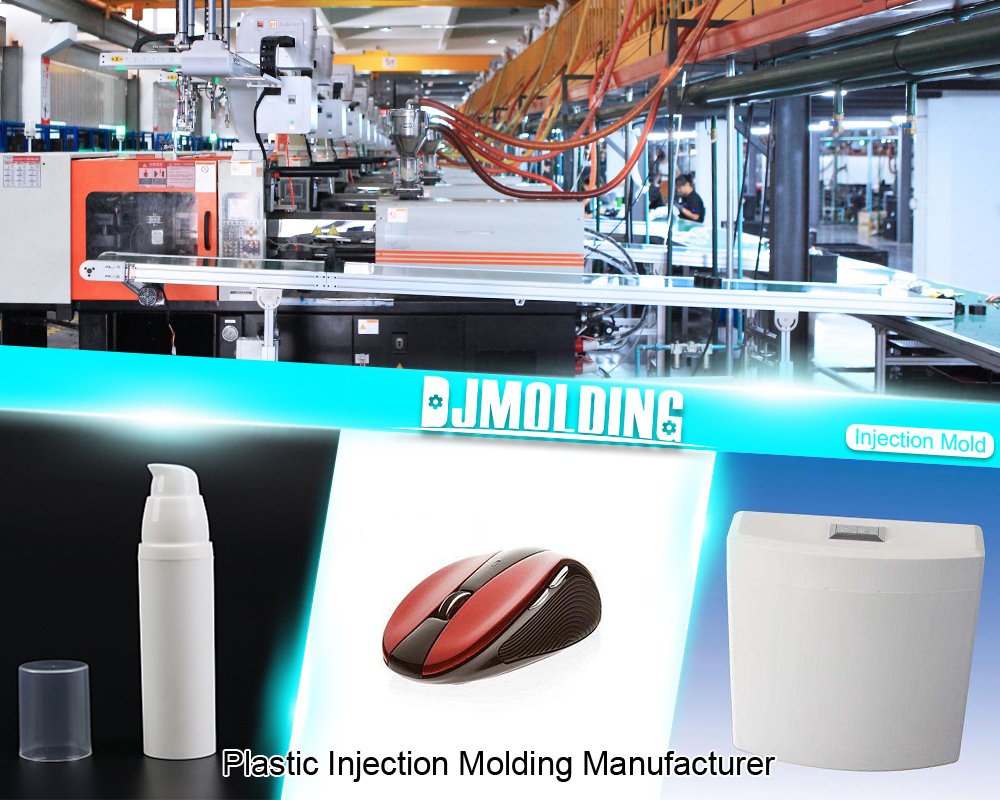Plastic Injection Molding Manufacturer – The Latest Trends In Plastic Injection Molding Manufacturing
Plastic Injection Molding Manufacturer – The Latest Trends In Plastic Injection Molding Manufacturing
Plastic injection molding manufacturing has been a cornerstone of the manufacturing industry for decades. However, as with any industry, there are changing trends and advancements that keep this process innovating and evolving. In this blog post, we will explore the latest trends in plastic injection molding manufacturing, ranging from sustainability initiatives to technological advancements. Join us as we delve into these exciting developments that are shaping the future of manufacturing.

Automation
The use of automation in plastic injection molding manufacturing has revolutionized the industry. The implementation of robotics and other automated systems has allowed manufacturers to produce products with greater consistency and accuracy, resulting in a higher quality end product. Automation also reduces the risk of human error, which can lead to costly mistakes and production delays. Additionally, automation increases efficiency by reducing the time it takes to complete each step of the manufacturing process. This means that manufacturers can produce more products in less time, resulting in increased profits and a competitive edge in the market.
Furthermore, automation allows for greater flexibility in production, as machines can be programmed to switch between different products quickly and easily. Overall, the use of automation in plastic injection molding manufacturing is a game-changer that is transforming the industry and providing numerous benefits to manufacturers and consumers alike.
3D Printing
3D printing has brought about a significant shift in the plastic injection molding industry. This technology has enabled manufacturers to create molds with intricate designs that were previously impossible to achieve using traditional mold-making methods. The ability to create complex molds has opened up new possibilities for product design and innovation, allowing manufacturers to produce parts with greater precision and accuracy. Moreover, 3D printing technology has reduced the time and cost associated with traditional mold-making methods.
Another advantage of 3D printing is that it allows for customization and personalization of products. Manufacturers can easily modify designs to meet specific customer requirements, making it possible to produce unique products that cater to individual needs. Overall, 3D printing has revolutionized plastic injection molding manufacturing by providing a faster, more efficient, and cost-effective way to produce complex molds and parts. As this technology continues to evolve, we can expect to see even more innovative applications in the plastic injection molding industry.
Sustainable Materials
In addition to using sustainable materials, manufacturers are also implementing sustainable practices in their operations. This includes reducing waste and energy consumption, using renewable energy sources, and implementing recycling programs.
Reducing waste is a key aspect of sustainability in plastic injection molding manufacturing. This can be achieved by optimizing the production process to minimize scrap and reusing or recycling any waste generated. Manufacturers can also implement closed-loop systems where any excess material is collected and reused in the production process.
Energy consumption is another area where manufacturers can make sustainable improvements. This can be achieved by using energy-efficient equipment, optimizing production processes to reduce energy usage, and using renewable energy sources such as solar or wind power.
Recycling is also an important aspect of sustainability in plastic injection molding manufacturing. Manufacturers can implement recycling programs for both their own waste and for products at the end of their lifecycle. This includes designing products with recyclability in mind and working with customers to ensure proper disposal and recycling of products.
Overall, sustainability is becoming a critical factor in plastic injection molding manufacturing. By using sustainable materials, implementing sustainable practices, and promoting recycling, manufacturers can reduce their environmental impact while still producing high-quality products.
Micro Molding
Micro molding is a highly specialized manufacturing process that involves creating small parts with high precision and accuracy. This technology has become increasingly popular in recent years, particularly in industries such as medical devices and electronics, where small parts are required for intricate devices. The process involves using specialized machinery and tools to mold plastic or metal into tiny shapes, often as small as a few microns in size. This level of precision is essential for creating complex devices that require intricate parts, such as pacemakers or microchips.
Micro molding is also used in the production of miniature components for consumer products, such as cell phones and cameras. The benefits of micro molding include increased efficiency, reduced waste, and improved product quality. As technology continues to advance, it is likely that micro molding will become even more prevalent in a wide range of industries.
Multi-Material Molding
Multi-material molding is a process that involves the use of more than one material to create a single product. This technique is particularly useful in the manufacturing of complex products that require different materials for different parts. For example, a product may require a hard plastic for its exterior and a softer material for its interior. Multi-material molding allows manufacturers to create such products in a single mold cycle, which reduces production time and costs. This technology also allows for the creation of products with multiple colors. By using different colored plastics, manufacturers can create products with intricate designs and patterns without the need for additional painting or finishing processes.
This not only saves time and money but also ensures that the colors are consistent throughout the product. Multi-material molding is becoming increasingly popular in industries such as automotive, medical, and consumer goods. In the automotive industry, it is used to create parts that are both strong and lightweight, while in the medical industry, it is used to create products that are both sterile and durable. In the consumer goods industry, it is used to create products with unique designs and textures. Overall, multi-material molding is a versatile and cost-effective manufacturing technique that is revolutionizing the plastic injection molding industry. As technology continues to advance, we can expect to see even more innovative uses of this technique in the future.

Final words
In conclusion, plastic injection molding manufacturing is an ever-evolving industry that is constantly adapting to new trends and technologies. Automation, 3D printing, sustainable materials, micro molding, and multi-material molding are just a few of the latest trends that are shaping the future of this industry. As technology continues to advance, we can expect to see even more exciting developments in plastic injection molding manufacturing.
For more about plastic injection molding manufacturer – the latest trends in plastic injection molding manufacturing,you can pay a visit to Djmolding at https://www.djmolding.com/ for more info.




